This year has seen the launch of a number of lightweight, all-rounder road racing bikes that can hit the UCI’s minimum weight limit of 6.8kg.
Bikes such as the Specialized S-Works Tarmac SL8, the latest Factor O2 VAM, Orbea Orca OMX, Canyon Ultimate CFR and the Giant TCR Advanced SL can all be built down to weights that tickle or even break the limit.
Importantly, this is happening on framesets that retain some aerodynamic optimisations and with (relatively speaking) standard builds.
They all have high-end components, but none resort to the kind of components or hacks now reserved mostly for dedicated hill climb bikes.
With new manufacturing techniques enabling some brands to find a Goldilocks balance between weight and aerodynamics, does the UCI’s minimum bike weight rule need to change?
Let’s find out.
What is the UCI minimum bike weight limit and why does it exist?
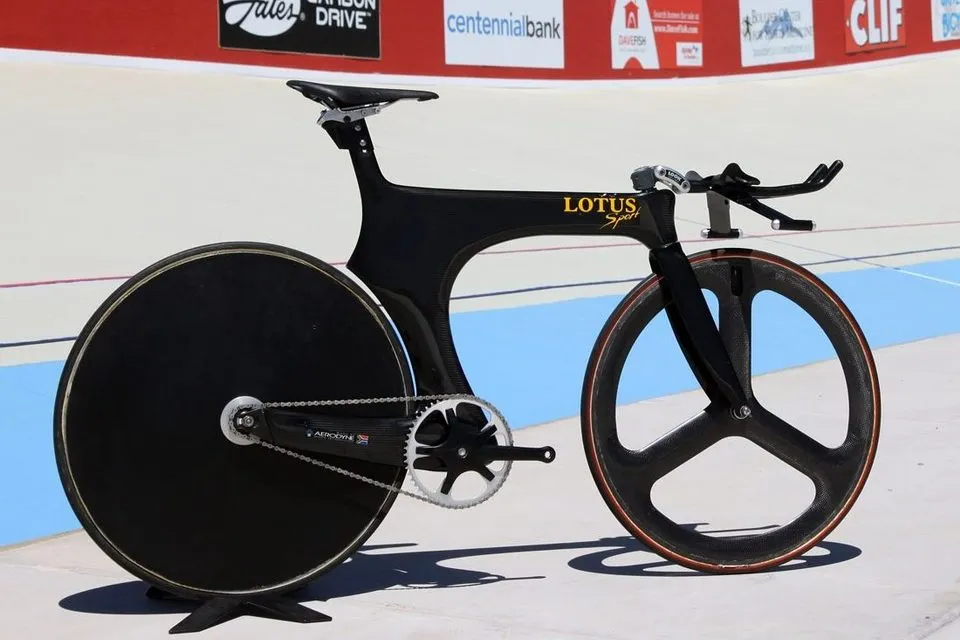
As the sport’s global governing body, the Union Cycliste International (or UCI for short) defines the technical regulations for bicycles and equipment used in its sanctioned races and events.
Technical regulation 1.3.019 states “The weight of the bicycle cannot be less than 6.8 kilograms”.
Removable accessories, such as bike computers or water bottles, are not included in this, but fixed accessories (ones that can’t be removed during competition) such as pedals, bottle cages and bike computer mounts are.
It was introduced as part of the UCI’s Lugano charter in 2000 (which also put a stop to a load of other fun things such as monocoque carbon frames and anything Graeme Obree did).
In 2010, Jean Wauthier, a UCI technical advisor, told BikeRadar the limit was set taking into account “sensory-motor coordination, stability, balance, manoeuvrability, adherence, postural comfort, a vision-posture system and safety”.
We’ll discuss whether or not this stands up to scrutiny (and what might happen if the rule were to be removed) later on.
Why have pro bikes been so heavy until now?
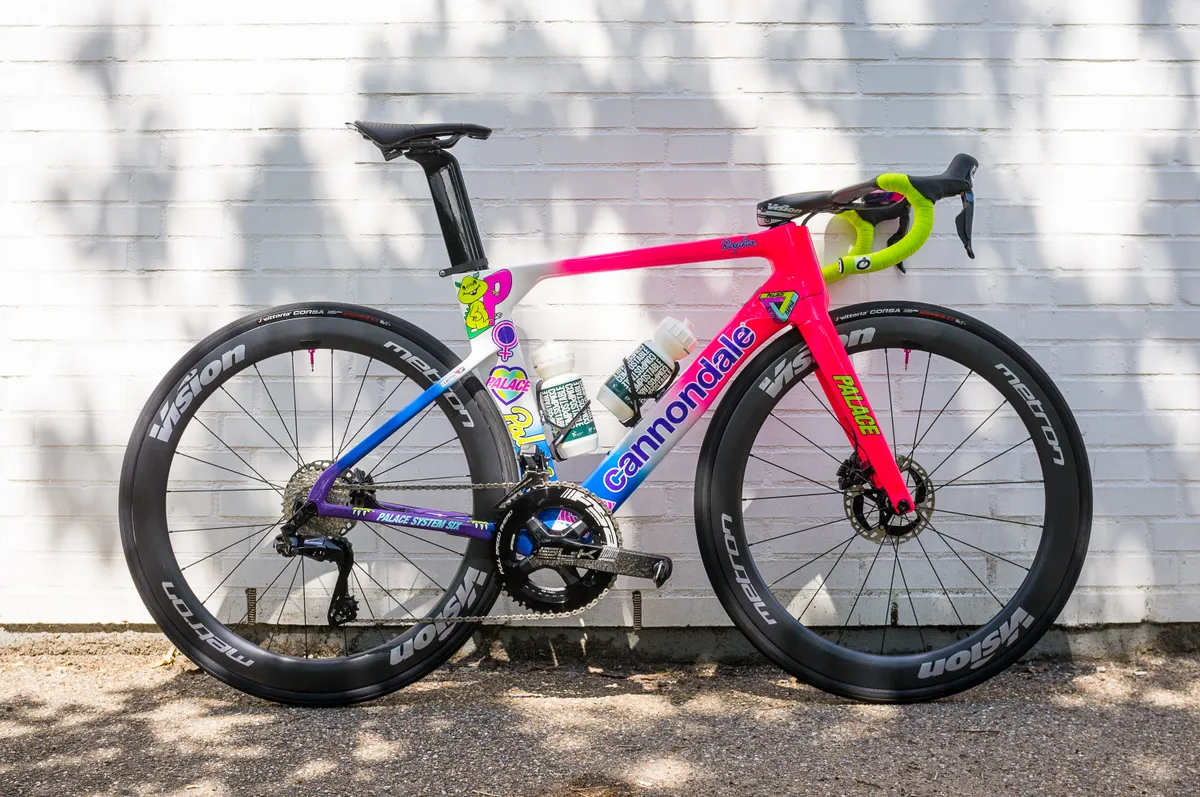
For now, let’s look at why the UCI minimum bike weight limit had largely dropped out of the conversation in recent years.
Largely, it was because road bikes were getting steadily heavier.
The reasons for this are twofold.
First, the move from rim to disc brakes added a few hundred grams (or more in some cases) to most road bikes.
Second is the mass adoption of aerodynamic optimisations on bikes and wider, heavier tubeless tyre and rim systems.
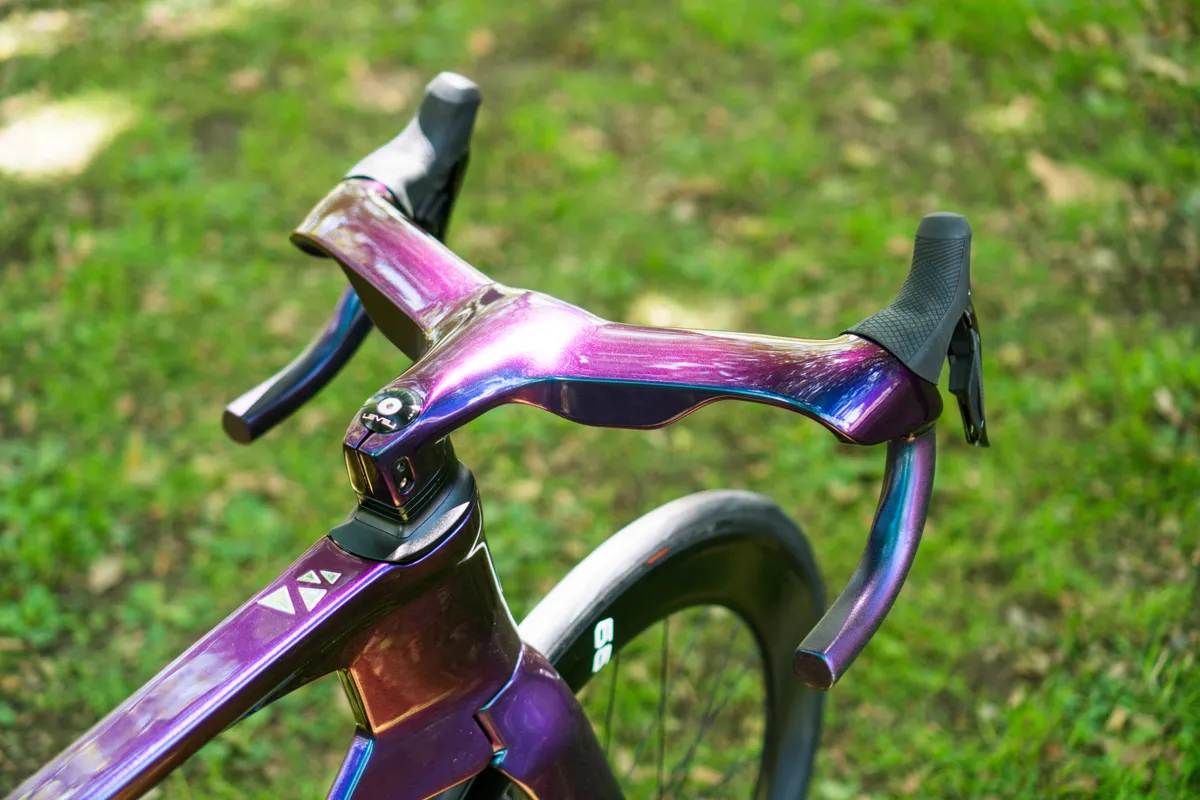
Round tubes are typically more structurally efficient than aerofoil-shaped tubes, and can therefore be made lighter.
As a result, bikes such as the classically styled Cannondale SuperSix Evo of yesteryear are a rare sight nowadays; as are skinny tubular tyres and rims.

Specialized pointedly says its round-tubed S-Works Aethos is not intended for racing, for example.
This was most evident when we weighed pro bikes at the start of the 2022 Tour de France in Copenhagen, Denmark. Despite nearly every rider using some of the best kit available, the average complete bike weight was a hefty 7.92kg.
How have some brands been able to hit the weight limit?
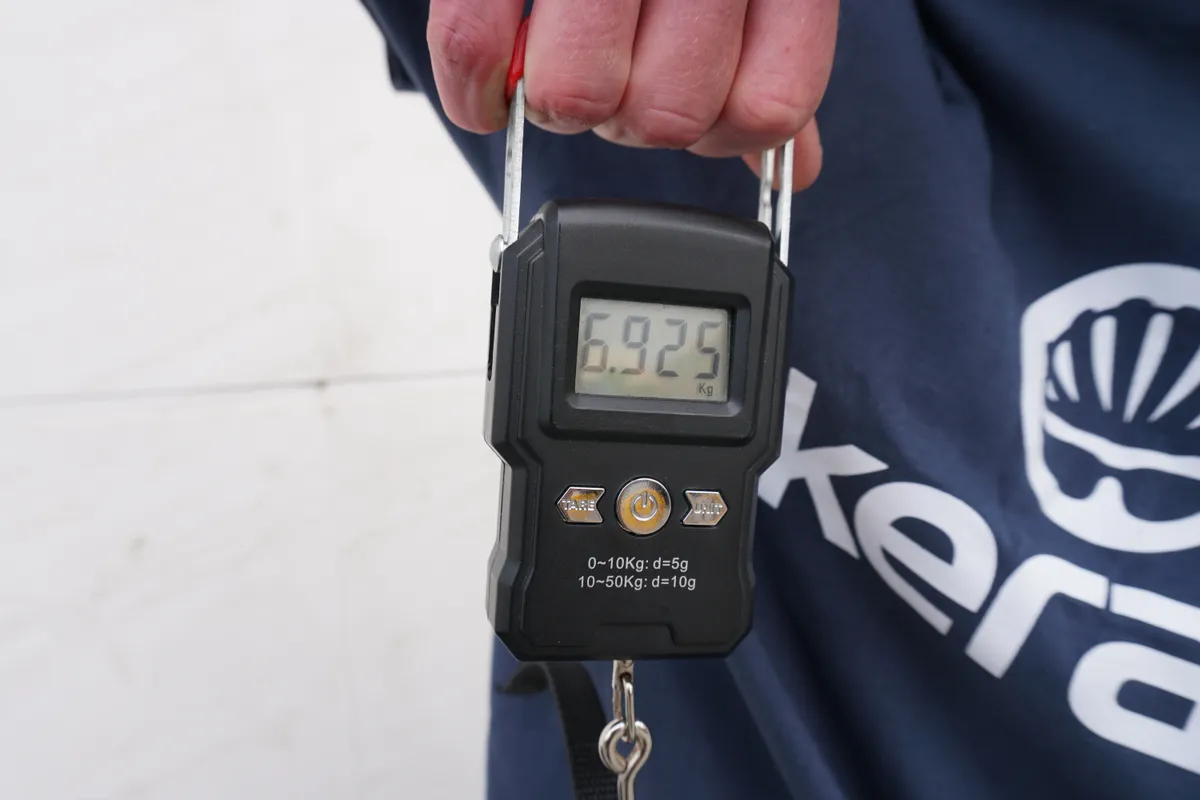
Fast forward a year, to the start of the 2023 Tour de France, however, and the average bike weight had dropped to 7.45kg, more than 450g less than in 2022.
On top of this, the lightest bike we saw – Simon Clarke’s Factor 02 VAM – weighed just 6.925kg ready to race.
Why did things change so dramatically in only 12 months?
Partly, it’s a reflection of the differing parcours each Grand Depart had.
In 2022, the opening stages around Copenhagen were pan-flat, meaning weight wasn’t a concern and riders went all-in on aero.
The 2023 Bilbao Grand Depart was far hillier, however. As a result, most riders opted for builds balanced between aerodynamic efficiency and weight.
Nevertheless, there have been some technical developments in recent years that are enabling brands to build lighter bikes than before.
Let’s take a look at some of the bikes that have hit – or in some cases broken – the UCI’s minimum bike weight limit this year, and how they’re managing it.
Factor’s airy all-rounder
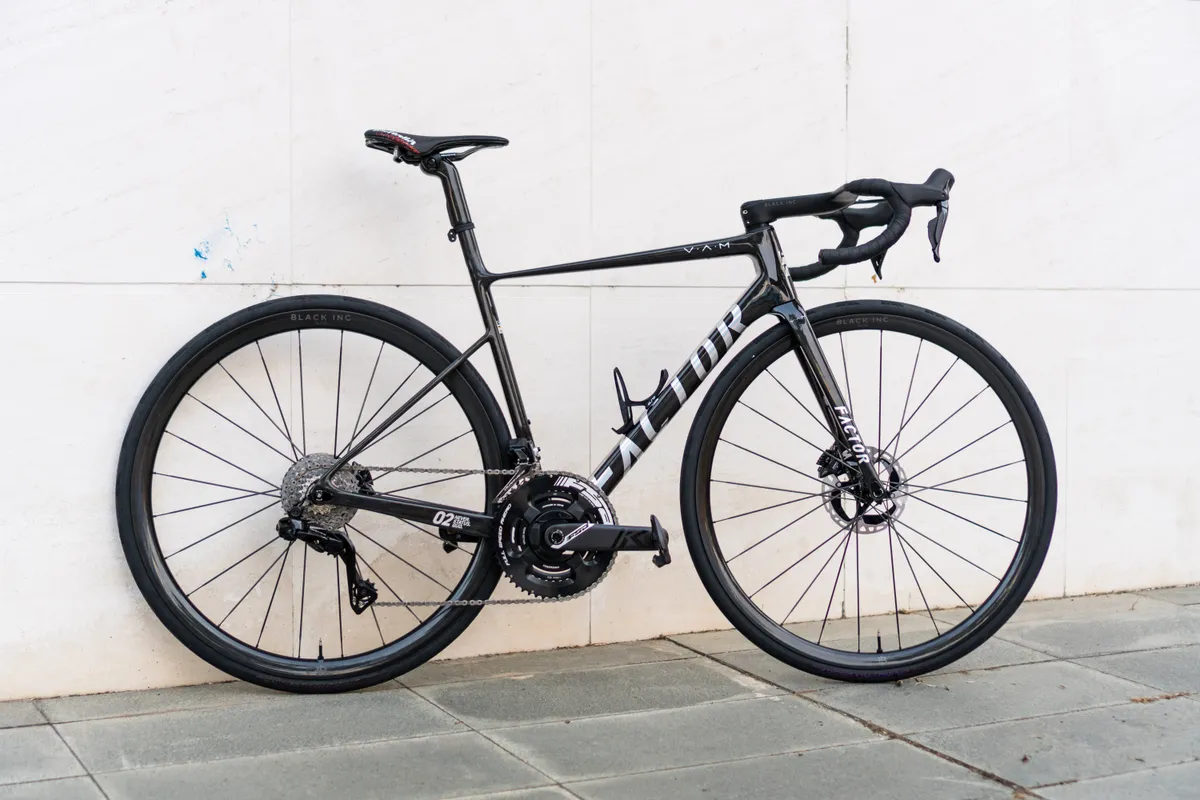
In the case of the new 02 VAM, Factor says it created a whole new manufacturing facility in Taiwan, to assist in its development.
It also made extensive use of digital design aids, such as Finite Element Analysis (FEA simulates how objects behave under various physical conditions) and Computational Fluid Dynamics modelling (CFD is akin to a virtual wind tunnel), and rapid prototyping.
These enabled Factor to explore and iterate on ideas more quickly and efficiently than previously, cutting development time substantially.
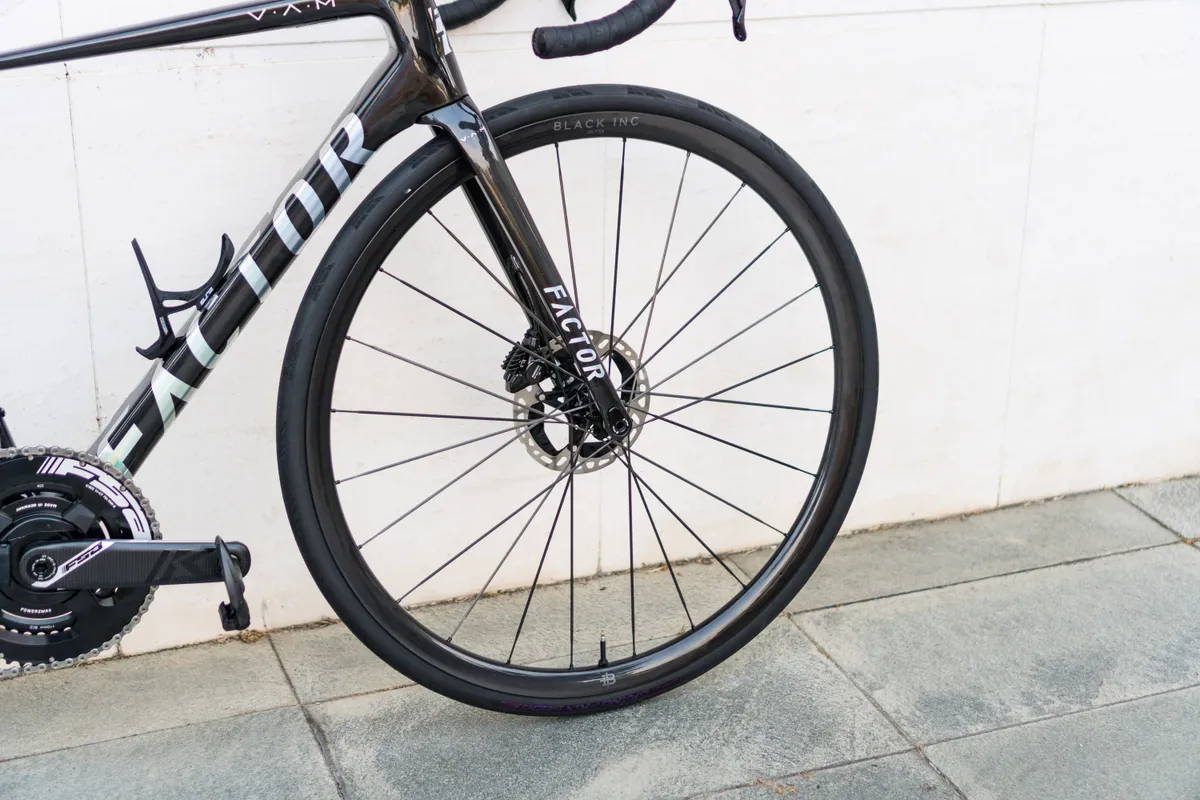
All in, the new O2 VAM has a claimed frame weight (including the integrated seat mast) of 730g in a size 54cm, despite it retaining a number of aerodynamic optimisations.
Paired with a top-spec build and Factor’s carbon-spoked Black Inc 28//33 wheelset, the 02 VAM we tested tipped the scales at just 6.63kg for a size-56cm bike without pedals.
Canyon’s Ultimate race bike
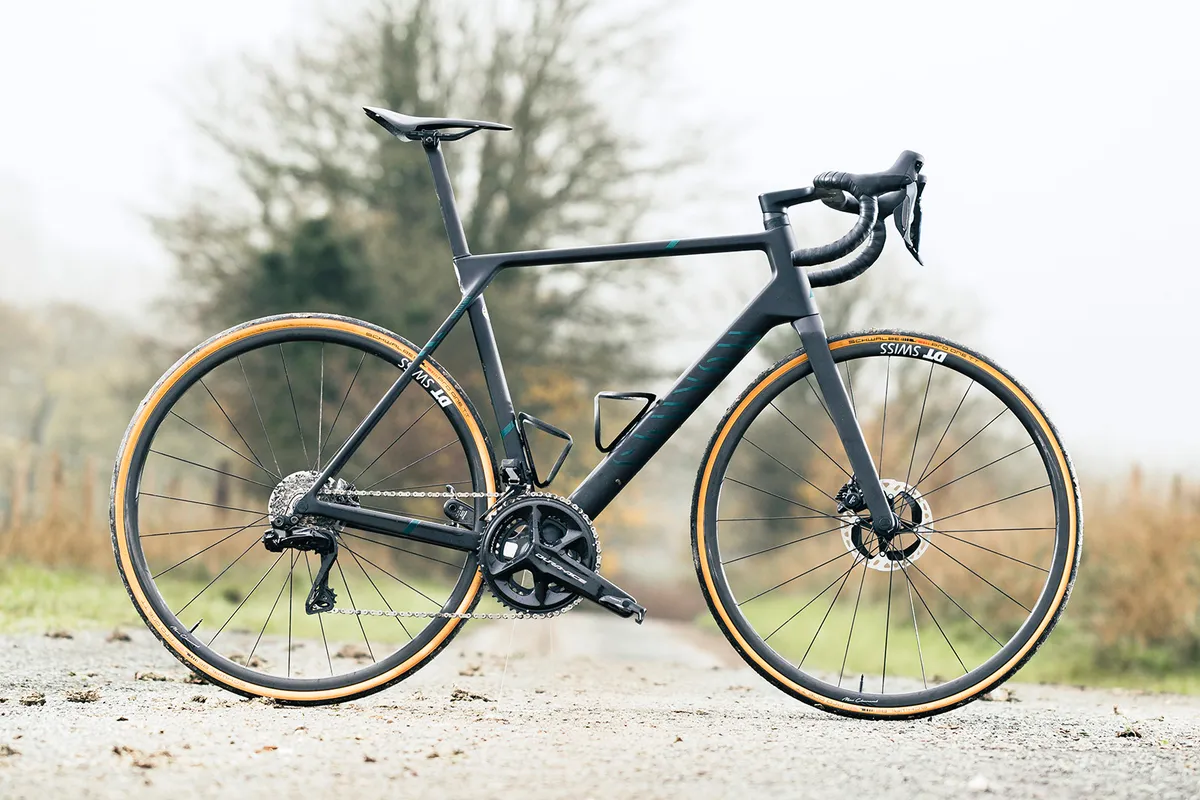
Despite the marketing focusing on its aerodynamic improvements, the latest Canyon Ultimate CFR nevertheless remains a feathery bike at 6.39kg for a size large (without pedals).
Unusually, Canyon even said it added 30g of extra carbon to the frame compared to the previous version, to improve its stiffness and reliability.
While BikeRadar tester Ashley Quinlan noted the hyper-light DT Swiss PRC Mon Chasseral wheelset and Schwalbe Pro One TT tyres are “one-trick ponies” of sorts, they make it possible to undercut the UCI weight limit even with pedals and other accessories.
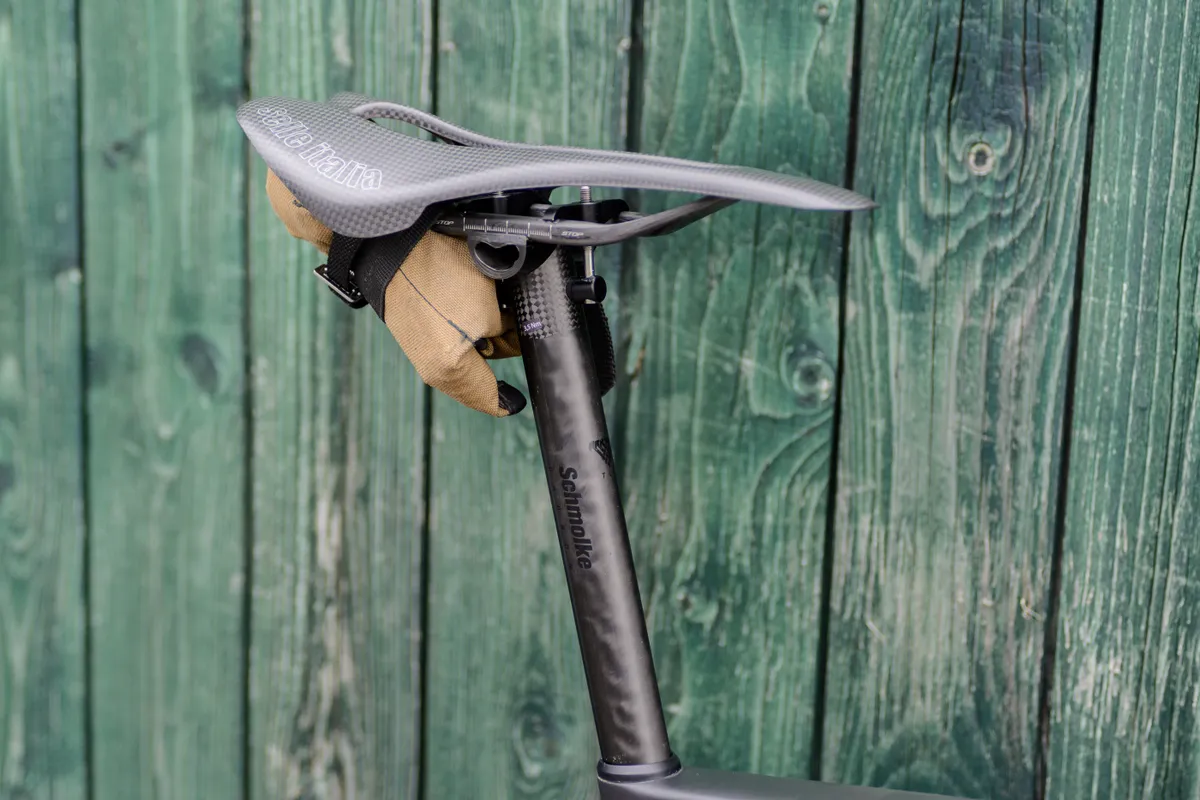
This impressively low weight was almost an afterthought, though – perhaps because Canyon knows it can build lighter bikes.
Canyon’s 2019 Ultimate CF EVO Disc 10.0 LTD, for example, weighed just 6.04kg in a size medium, while its 5.1kg Ultimate CF Evo 10.0 SL showed what was possible in the rim-brake era.
Specialized’s Venge-killer

For the latest generation of its all-rounder racing bike, the Tarmac SL8, Specialized said it took inspiration from the Aethos.
Rounding off some of the frame tube shapes away from the leading edges of the frameset, enabled them to bear loads more efficiently, Specialized says.
In turn, each tube could be lighter, leading to a claimed weight of 685g for a size 56cm S-Works Tarmac SL8 frame – 115g less than an equivalent S-Works Tarmac SL7 frame.
Despite this, Specialized says changes to the leading edges of the bike, such as the fork, head tube, and a new lighter and more aerodynamic integrated cockpit, make the Tarmac SL8 more aerodynamic than the S-Works Venge, Specialized’s last dedicated aero road bike – an impressive feat.

While the Dura-Ace Di2-equipped SL8 we have in for review weighs 6.76kg in a size 56cm, without pedals or accessories, Specialized says a special-edition, size-52cm version built for Remco Evenepoel to take on this year’s Vuelta a España weighed 6.8kg ready to race.
That means complete with “pedals, power meter, computer mount, bottle cages, and all”.
Giant’s robot-assisted TCR
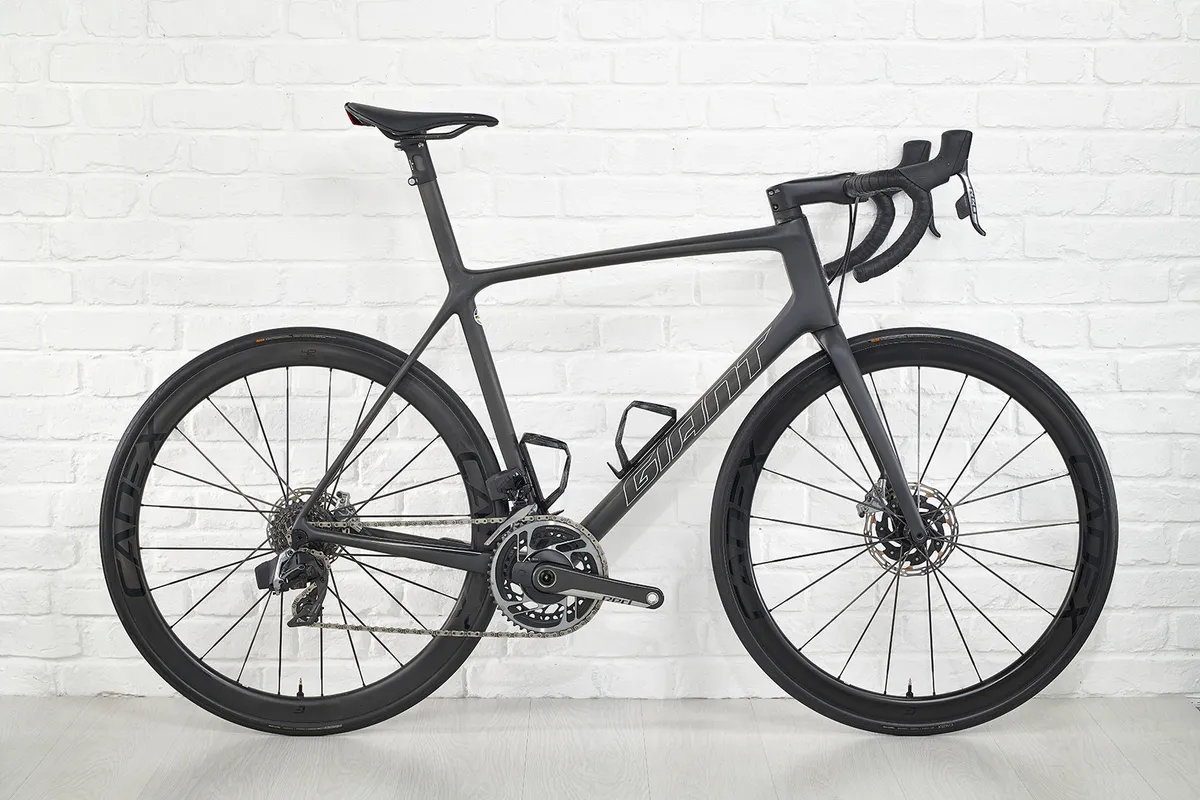
The Giant TCR has long been a prototypical climber's bike, yet while the most recent update to the platform headlined with claims of improved aerodynamics, Giant also revealed it had found new ways to lighten it.
Rather than using off-the-shelf options, Giant says it weaves its own carbon fibre to its own specification, in its own composites factory.
When the 2021 Giant TCR launched, Giant claimed this enabled it to create the lightest set of carbon fibre sheets ever assembled for one of its bikes.

On top of this, Giant says it uses lasers rather than machine stamping to cut its carbon fibre sheets and now employs robotics to automate certain aspects of the carbon layup.
Giant also developed a new ‘ThinLine’ lightweight paint, bringing the total weight savings to 140g versus the already very light 2020 TCR Advanced SL Disc.
Why does everyone love a lightweight bike?

Bike weight makes almost no difference to performance if you’re riding along a flat road.
Of course, it’s the climbs most people care about, but even then, shaving a few hundred grams off a bike won’t transform anyone from a rouleur to a grimpeur.
A rider’s power-to-weight ratio is critical to climbing performance. However, your bike typically makes up such a small percentage of the overall system weight, that a slightly lighter bike doesn’t move the needle much.
Riders at every level love marginal gains, but sacrificing aero for weight rarely pays off unless you’re racing a hill climb (if you believe the performance simulations).
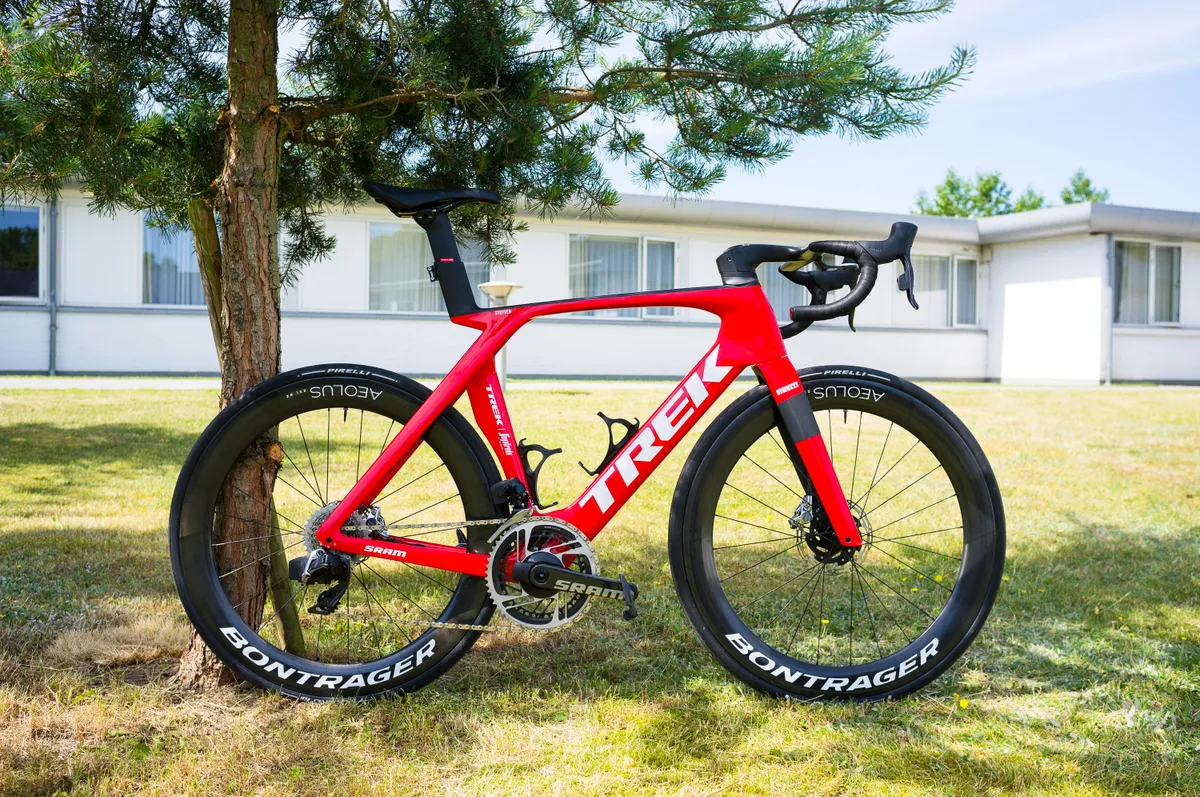
Regardless of how big or small the performance gains are, though, many riders just want a lighter bike for the 'vibes'.
Our former colleague, Matthew Loveridge, used to insist that a lighter bike “will always be more fun to ride, all else being equal”, for example, and the idea that modern road bikes are 'too heavy' is frequently raised in the comments sections of our website and YouTube channel.
Given professional riders often push their body weight to the limit in pursuit of performance, it should perhaps come as no surprise many also demand the same of their equipment.
Ultimately, whatever the physics says, it’s hard to beat the experience of picking up a featherweight bike and imagining how it might improve your climbing. It’s mind over matter.
Do we need a minimum bike weight limit?

Given a bike weighing at least 6.8kg doesn’t in itself guarantee its safety, it begs the question of whether there is even a need for a minimum weight limit.
Before the mass adoption of disc brakes on road bikes, for example, many pro-spec road bikes weighed less than 6.8kg and this was not widely considered unsafe.
As a result, it wasn’t uncommon to see lead weights added to bikes to ensure they passed checks by beady-eyed UCI commissaires.
Even the UCI has acknowledged this obvious disparity.

Speaking to BikeRadar in 2015, the UCI’s then-technical manager, Mark Barfield, acknowledged the UCI’s minimum bike weight limit “is a bit of a relic of the past”.
“It no longer does what it set out to do, if it ever did," he continued. "You can build a safe bike at five kilos and you can build an unsafe bike at 10, so therefore adding a weight to a particular piece of equipment is irrelevant.”
Barfield also said he believed the UCI should move to a “safety-based standard”, and that there was “general agreement” within the industry on this at the time.
If minimum safety standards were incorporated into the UCI’s technical regulations, then a minimum bike weight limit could be rendered unnecessary.
What might happen if the UCI removed the minimum weight limit?
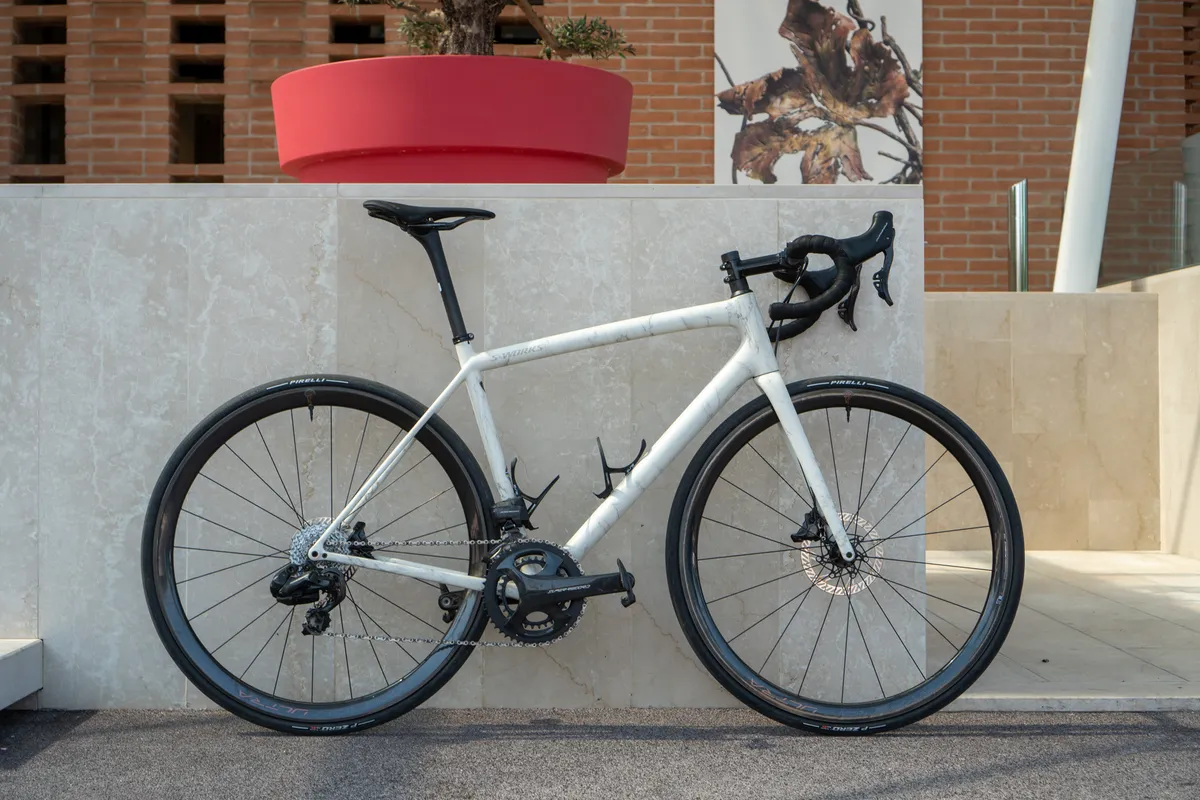
Were article 1.3.019 removed altogether, we’d likely see pros switching between bikes optimised for ultra-low weight and aerodynamics (and perhaps somewhere in between, too) more frequently.
As things stand, the difference in weight between a brand’s aero road bike and climbing bike can be relatively small, meaning there’s often little to be gained by switching from the former to the latter.
The latest Giant Propel Advanced SL 0, for example, weighs just 6.91kg (size ML, without pedals) – only around 200g more than an equivalent TCR Advanced SL 0 (6.71kg, size L, without pedals).
If the minimum weight limit were to be removed, however, bikes such as the Specialized S-Works Aethos, which we’ve seen in a build as light as 4.7kg, could become a serious consideration for riders facing big days in the mountains.
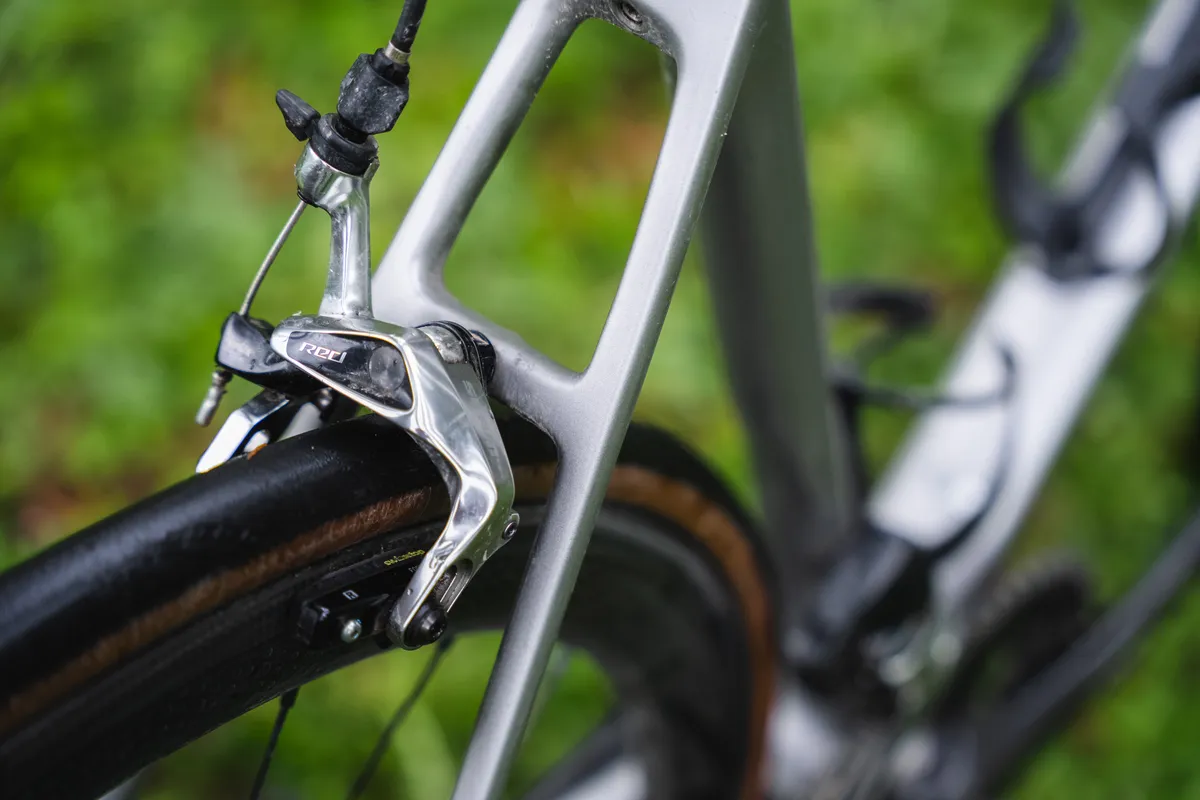
Or perhaps we’d even see the return of rim brakes in professional racing? Because bikes with caliper rim braking systems still tend to be lighter than disc-brake equipped ones, all else being equal, they remain popular with weight weenies and hill climb racers.
Given Simon Clarke appears to care enough about weight to make do with just a single bottle cage on his bike, we expect plenty of pros would jump at the chance to use lighter, rim-brake equipped bikes for certain races.
Will the UCI minimum weight limit ever be changed?

Of course, eight years have passed since Barfield made those comments and nothing has changed.
Putting our commercial hat on, the stumbling block to it changing may be the bike industry itself.
Brands have always taken great pleasure in declaring their bikes “illegally light”, but if the minimum weight limit goes, so does the viability of this as a marketing strategy.
More seriously, though, while many brands were capable of building hyper-light bikes in days gone by, removing the minimum weight limit would likely cause headaches for the majority of road bike brands that are now focused exclusively on developing disc-brake equipped bikes and related parts.
The current rule helps provide something of a level playing field (in sporting terms) too, with the UCI stating “The rules governing the use of equipment aim to ensure both the safety of riders and the fairness of competition”.
